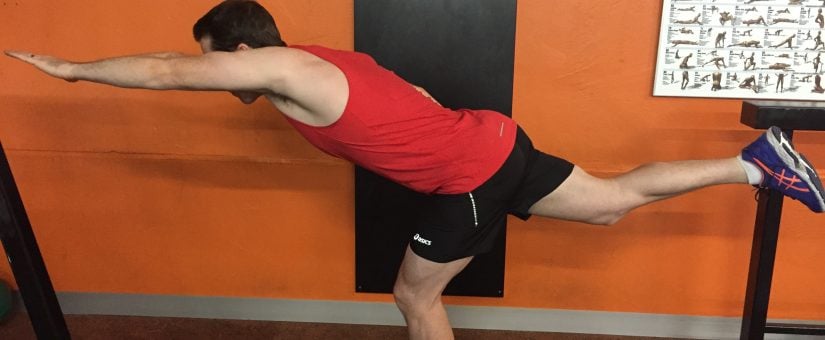
Functional strength training – Arabesque
- Posted by First Choice Health
- On March 6, 2019
Physiotherapy often involves assessing and treating patients with an injury that has resulted from them having a dysfunction. At First Choice Health, we routinely see patients present to us with lower back pain, or lower limb injuries sustained in the work place or as an athlete on the sports field. These injuries are often attributed to constant load on dysfunctional biomechanics over time, inevitably resulting in some kind of pathology, inflammation and pain.
A skilled physiotherapist will always look beyond the pathology and pain of the patient. Having a clear understanding of how the injury occurred and the patient’s functional limitations, the underlying issue can be discovered. This can be observed when a patient presents with some lower back and leg pain and a scan that shows some disc bulging from manual load in the workplace.
At First Choice Health, we start by assessing the cause and understanding the daily loads the person is subject to. Often there is a direct correlation between the injury and a lack of higher-level stabilisation through the lower limb and spine/pelvis region. In other words, if a person is required to bend and lift 10 kg multiple times a day, yet is unable to mechanically maintain an anatomically correct position through their lower back and legs, they will more than likely injure themselves in the long term.
One effective exercise that can often be used in the later stages of a patient’s rehabilitation is the “Arabesque”. This exercise effectively trains the body to move over a stable single leg while maintaining a strong and neutral lumbo-pelvic position. The Arabesque, when done correctly, improves higher-level balance, strengthens the gluteals, hip stabilisers, quads, hamstrings and lower back core muscles. It teaches the body how to move under load but protect against poor position and abnormal strain.
A correct Arabesque should involve standing on one leg with a slight bend at the knee. The person should lean forward and bend at the hip while the back leg moves up and away. The lower back should stay straight and there should be minimal rotation of the pelvis at the hip.
Ultimately, by increasing functional strength, balance and technique, a person can accomplish daily tasks successfully without excess load and injury. So, if you are looking to reduce your risk of injury, or improve your general strength and conditioning, call to book in with one of our physiotherapists. At First Choice Health, we strongly believe prevention is better than treatment.
For more information, please call and speak to one of our friendly receptionists, or book an initial consultation online now.

